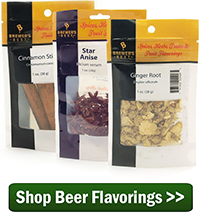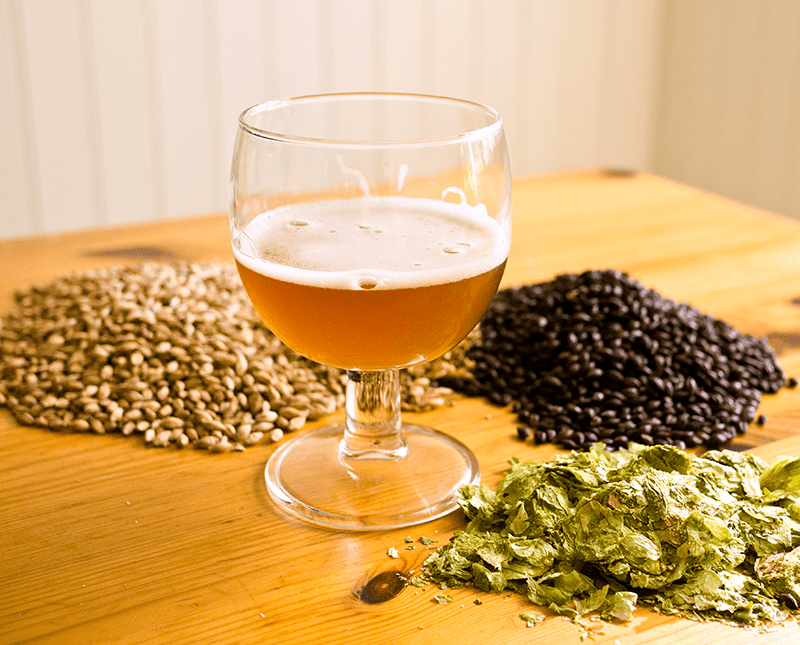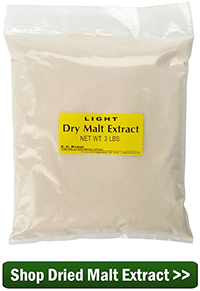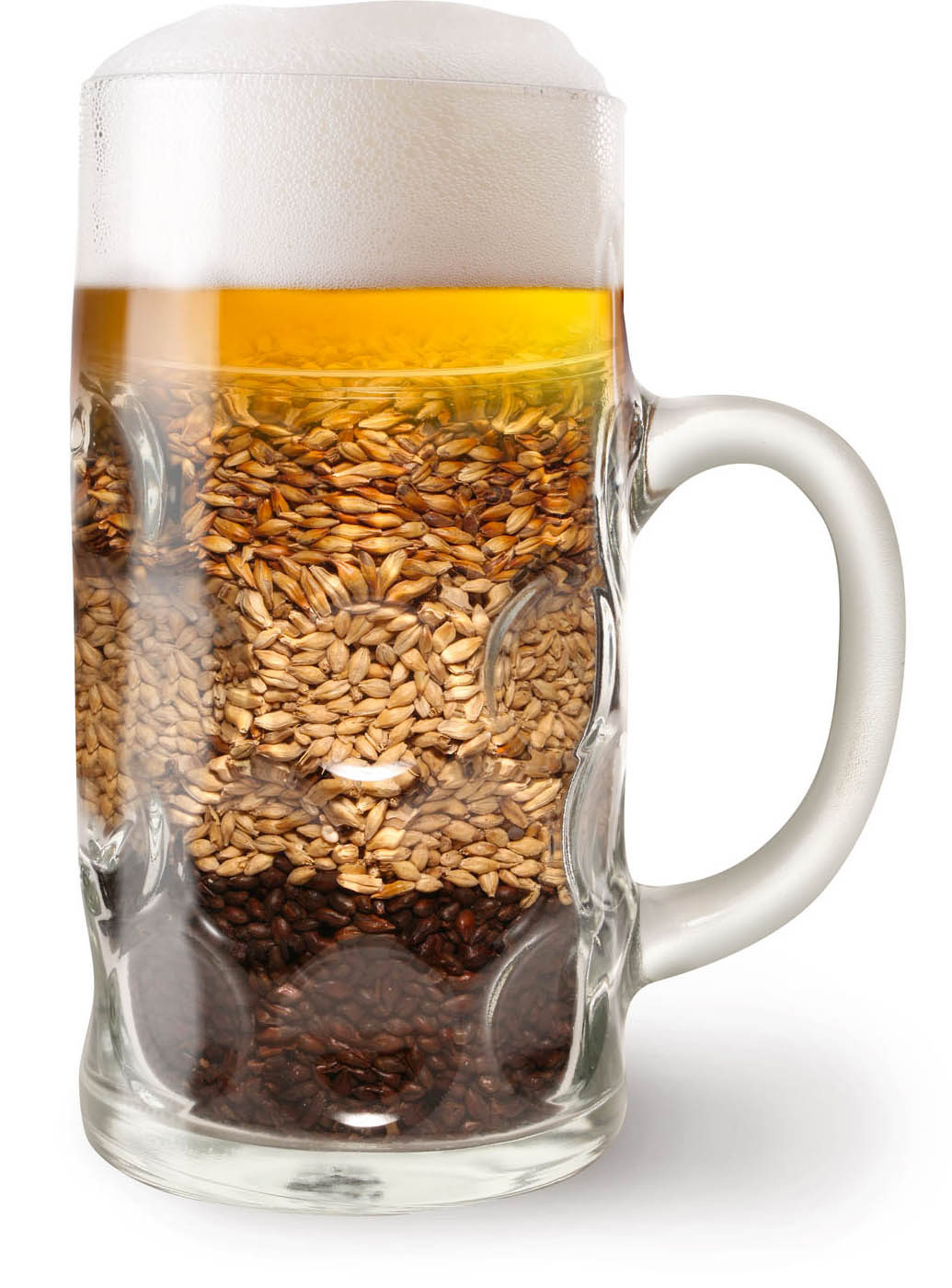 We put it in tea, we mix it into our lip balm and of course it’s good for baking, but for many homebrewers, honey is also a pivotal ingredient for brewing.
We put it in tea, we mix it into our lip balm and of course it’s good for baking, but for many homebrewers, honey is also a pivotal ingredient for brewing.
From the “ealu” of Great Britain’s Anglo-Saxons to President Obama’s White House Honey Ale, brewing beer with honey has been an important part of the craft. What makes honey so great is its flexibility for brewers, whether they simply want to use it as a fermentable sugar in their boil, as a source of sweet flavor or even as a priming ingredient.
Honey is great as a medium to connect all the aspects of your homebrew, from the sweet taste of wort to herbal aromas of hops and even yeast esters.
So how can you start brewing beer with honey? Here are three different ways:
Brewing With Honey In The Boil
For many, the high fermentability of honey provides an easy way to add extra gravity to a beer, since the sugar found in honey is almost entirely fermentable. Unless you’re making mead or braggot, you’ll want to make sure honey isn’t more than about 30 percent of all your fermentable sugars in a brew, depending on the level of honey flavor you seek. For best results, the National Honey Board recommends that when brewing with honey, not using more than 2.5 pounds of honey per five gallons.
A key trick is to know when to add honey. If you want to use it in the boil, consider adding it as a late addition. Due to its high fermentability, using honey early on in the boil can dilute the body of a beer and cause a drier finish when drinking your homebrew. Many beer recipes will call for a honey addition at the very end of a boil (in the last five minutes) or at flameout, which is best for retaining the honey’s aromas and flavors.
Brewing With Honey In The Secondary
If you want to avoid using honey on brew day, adding it during secondary fermentation is a good option. It allows you to keep the characteristics of the honey you’ll want to show up in your beer. To eliminate any wild yeasts and bacteria that may be in the honey, it’s important to pasteurize your honey first:
- Preheat an oven to 176°F.
- Pour honey into a sanitized, oven-proof saucepan.
- As the oven preheats, heat the honey on the stove top to 176°F., stirring occasionally.
- Once the honey is 176°F., cover it and put it in the oven for 2.5 hours.
- Place the saucepan in an ice bath to lower the honey’s temperature to match that of your beer and pour it into the secondary.
The reason we heat the honey to 176°F. is that this temperature is hot enough to kill off microorganisms, but not so hot that it drives off the honey’s valuable aromas and flavors.
Brewing Beer With Honey: As A Priming Sugar
While substituting honey for your normal priming sugar may not add a lot of unique flavor, priming with honey does have the potential to add a small layer of complexity to your beer. Just be sure you only adding the honey for priming, as combining it with any other priming sugar can have explosive results.
If priming beer with honey, the honey will need to be diluted with water before adding to your homebrew. Different honeys have different densities, so there’s no uniform amount of water that may be ideal. You may need a small digital scale to weigh out the honey. Most formulas suggest four to five cups of water should be sufficient to mix with the honey.
As a precaution, you can bring the water-honey mix to a boil to kill any potential bacteria, the same as you would when mixing any other priming sugar.
Now that you’re ready to start brewing beer with honey, what to make? If you’re feeling experimental, check out the available beer kits from E. C. Kraus and see which beers you may enjoy with a touch of honey!
—–
Bryan Roth is a beer nerd and homebrewer living in Durham, North Carolina. You can read his thoughts on beer and the beer industry on his blog, This Is Why I’m Drunk, and send him suggestions on how to get his wife to drink craft beer via Twitter at @bryandroth.

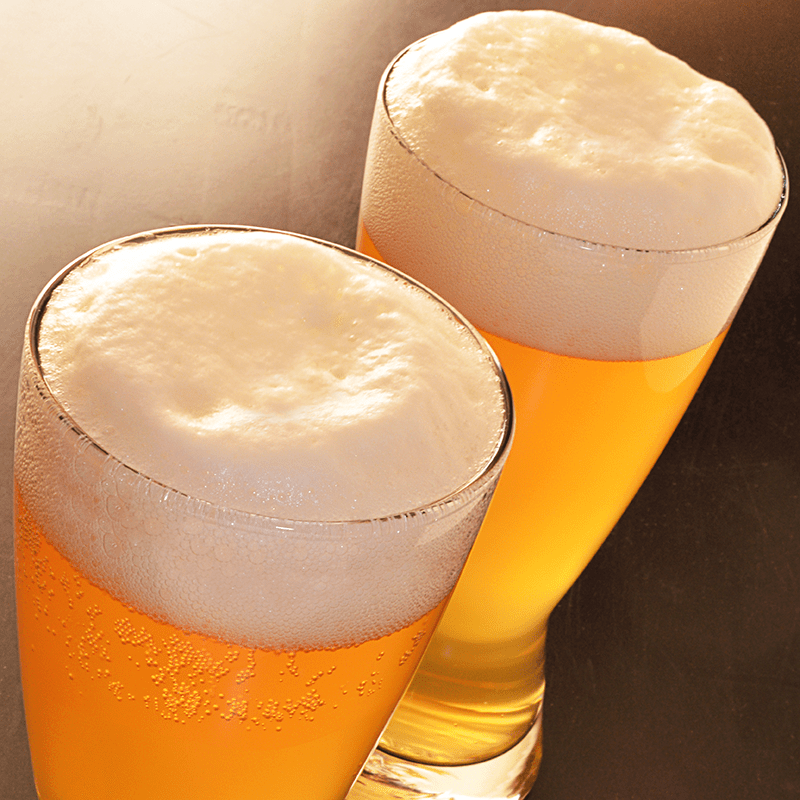
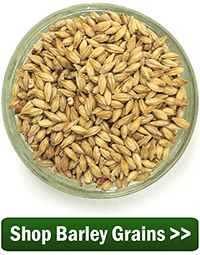
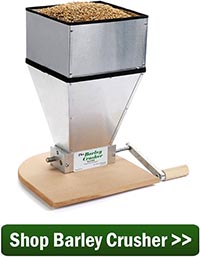
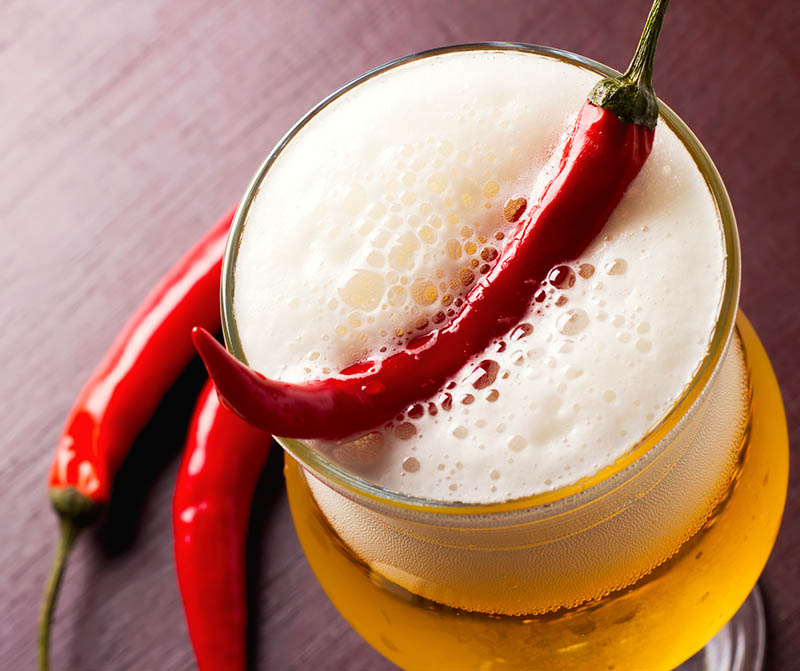


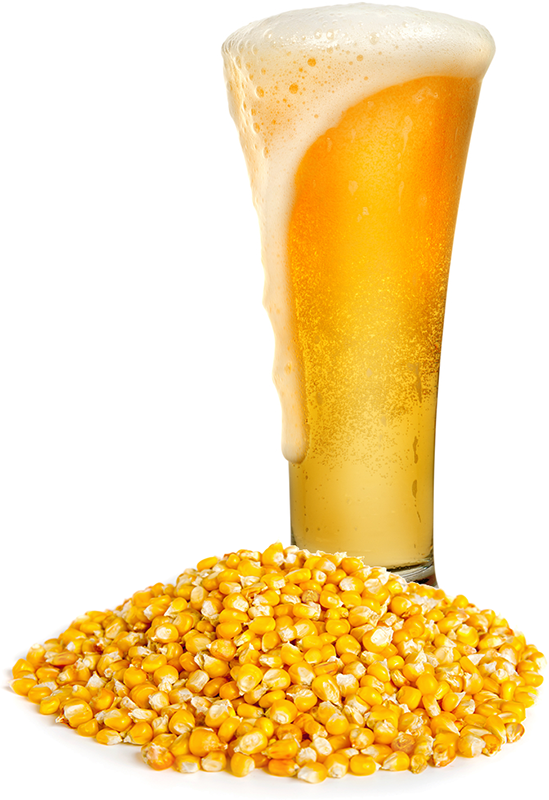
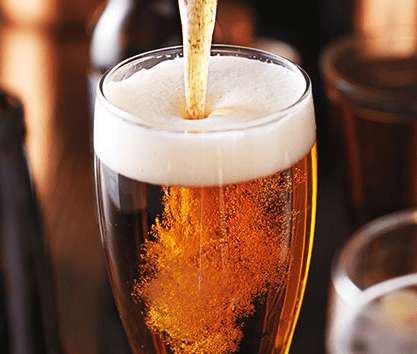
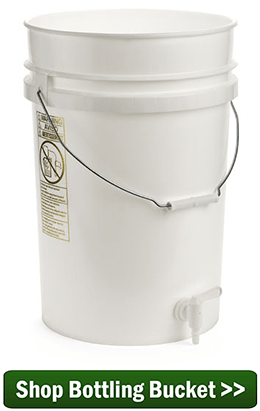
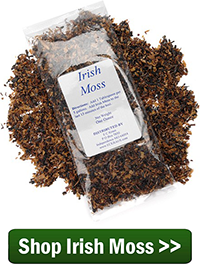
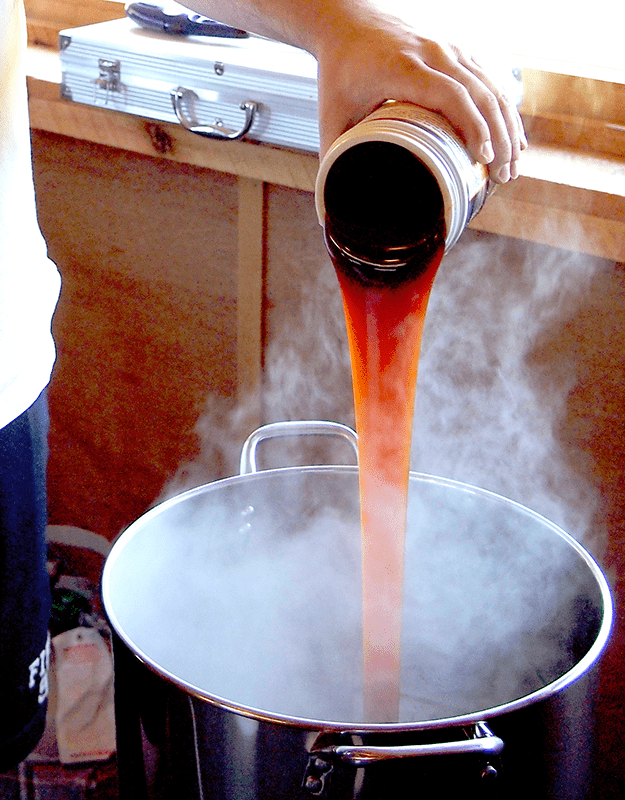
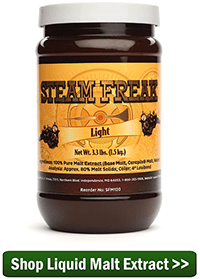
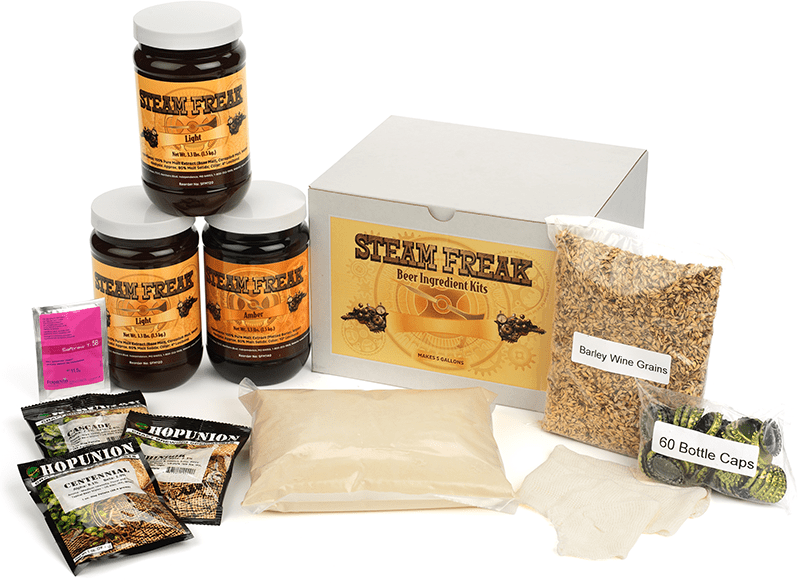
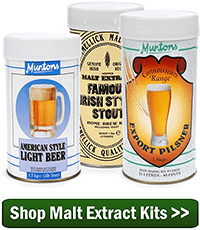
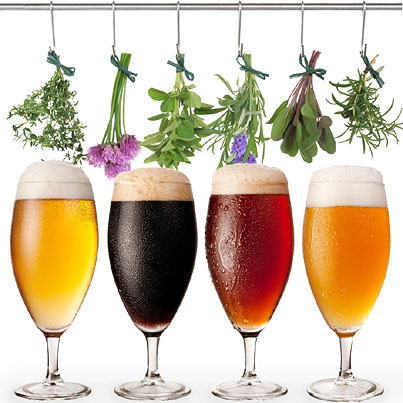 Brewing beer with herbs is not some new fad, a product of the recent craft beer boom. Before hops were popular (we’re talking hundreds of years ago), a wide variety of herbs and spices provided the bittering and flavoring characteristics to balance beer’s malty sweetness. Brewing beer with herbs was the norm. By adding herbs in your own homebrew, you can recreate ancient styles of beer (such as
Brewing beer with herbs is not some new fad, a product of the recent craft beer boom. Before hops were popular (we’re talking hundreds of years ago), a wide variety of herbs and spices provided the bittering and flavoring characteristics to balance beer’s malty sweetness. Brewing beer with herbs was the norm. By adding herbs in your own homebrew, you can recreate ancient styles of beer (such as 